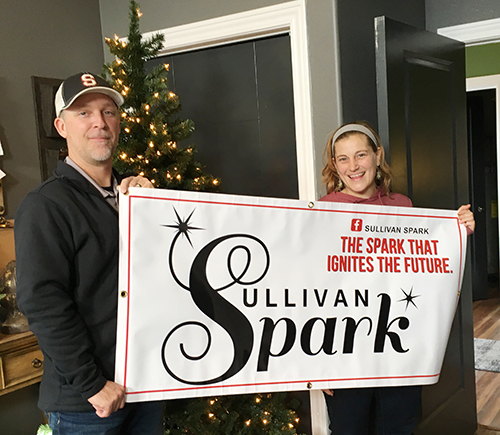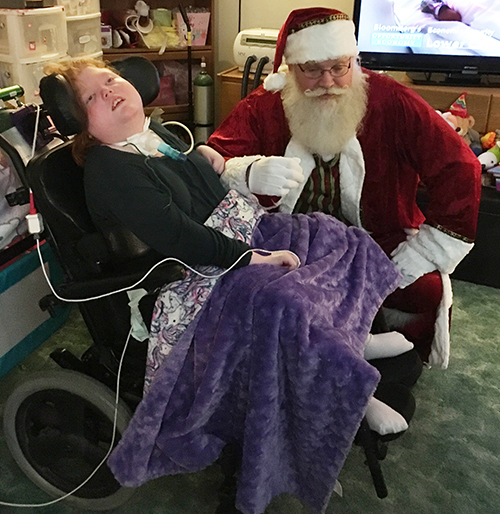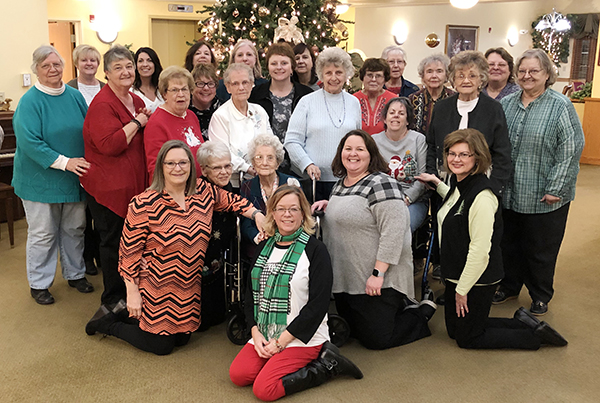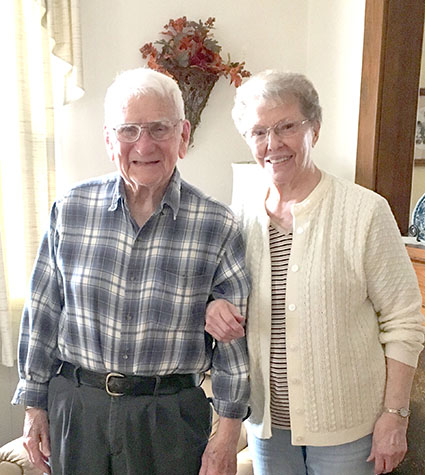
Photo by Ellen Ferrera
Summer Fun in Sullivan could be centered around a Splash Pad at Wyman Park. Becky Ogle is leading the SPARK effort to fund the project.
•January 22, 2020•
By Ellen Ferrera
for The News Progress
Hot summer days dashing around the lawn sprinkler seem meager when compared to the possible summer fun from a Splash Park.
When we were young without air conditioning on scorching days Dad would cut loose the cooling waters into the circular and arc sprinklers that graced our lawn.
For the next hour my sister joined me and neighborhood kids and even the dogs and birds would frolic like shrieking sprites running through the sprinklers, hosing each other and jumping about in the puddles that accumulated in the grass. This was our water wonderland.
The water world of today is a growing number of splash pads or splash parks with an array of colorful sprinklers, showers, bubbling pads, geysers, soakers, sprays and all manner of fanciful structures for aquatic play. Children are drawn to them like moths to a flame.
Such a splash park is envisioned by the Parks and Recreation Committee of Sullivan SPARK for installation in Wyman Park.
Becky Ogle and her family moved here four years ago from Paris, IL where that city started with a $250,000 splash park and has added to it over the years. It is now one of the largest splash parks in the area. Read More






